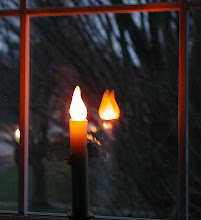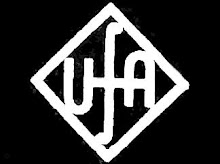A symbol is a tool.
It would sound rather odd for us to say that a hammer or a saw "stood" for something else. The meaning of the hammer is in being used and what it does and what it accomplishes. Construction or destruction using a hammer is similar to aggregation and disaggregation of things in the world, but the hammer's meaning does not somehow lie in its ability to put-together or take-apart. Those are its functions, those are what it is intended for, and that is what it is used for, and if that is "meaning", well enough.
However, the hammer does not stand for something else.
Our interaction with a symbol is not the "meaning" of a symbol. It may be part of the symbol, but its meaning is elsewhere.
A symbol does not stand for something else, something "beyond" itself. A symbol is a tool of a symbol-using being. A symbol-using being has a number of symbolic tools: language, art, music, ritual, etc. A symbol may be used to create things, whether designs for real machines and houses, or even other symbols. Just as a hammer may be used to create a lever, which we then use as a tool itself to move heavy items, so also may symbols create other symbols.
What about the picture? Is it a symbol for an ideology, or is it an emblem of an ideology. The ideology itself is a symbol created from other symbols. The picture is a mark, a depiction. If we react to it in a certain way, that does not make it a symbol, it makes our reaction a symbolic creation ( I would say it is a symbolic construction of emotion and memory of other symbolic encounters with that picture)... which we will probably use in the future to encourage or discourage the ideology.
Thursday, March 17, 2011
Subscribe to:
Post Comments (Atom)


















No comments:
Post a Comment